
Lab Grown Diamonds VS. Natural Diamonds
While the topic of earth mined versus lab-grown diamonds (also called LGD) is a hot subject, there’s a lot to learn about this to make a wise judgement call to see which one is the best for you. Because, you see, there is no ‘best choice’, rather there is the best choice for you—once you’ve looked over all the options.We think it’s a fascinating topic, and we want to share all we know with you, so you’re in the light about the benefits and features of each stone type. Let’s take an overview of earth mined stones first, and then compare and contrast them with the lab-grown ones. In the end, you’ll know the best choice for yourself and be very proud of your decision!Here goes!
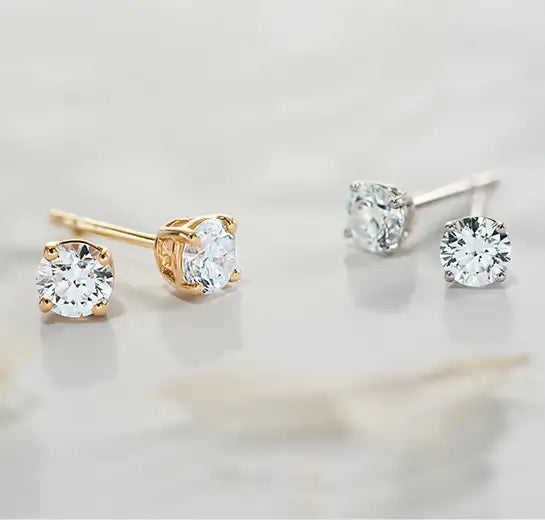
An Overview of Earth Mined Diamonds
Natural diamonds extracted from the earth are a miracle of nature. Their entire makeup is a single element—and that is carbon. Can you imagine a material so close to the black lead found in our No. 2 pencils is the exact makeup of the world’s most dazzling and precious gemstone? Well that’s exactly what diamonds are constructed of—pure carbon that has been altered by extreme pressure in conditions of very high heat some 125 miles below the surface of the earth. It also takes a long time to make this transition successfully---like a couple of billion years to be more precise.
Because of the unique conditions under which they form, they may have inclusions of other elements from time to time. That’s simply the nature of this miraculous material. Next, let’s consider how they are recovered from the earth. While there are a variety of ways in which extraction occurs, you’ve most often heard of them being mined. Large holes in the earth are created to access these crystals hidden in the earth. Research tells us that for every 250 tons of earth hauled out from a mine, there is an expectancy of recovering 1 carat of diamonds.
Time is one of the most significant differences in lab grown diamonds vs natural diamonds. Scientists can produce lab grown diamonds in a laboratory in a lot less time than it takes for diamonds to be formed in nature. Modern science has made it possible for lab grown diamonds to develop in just two months, which is not only incredible, but also building our path to sustainability.
The Rarer the Better
What about LGD as they are popularly called? Do they have any story that draws comparisons to the earth grown stones that look just like them? The fact is, their optical, physical, and chemical properties are identical to those of earth mined crystals. Exactly the same. Now to be clear, no one is trying to pull the wool over someone’s eyes and trick them. There’s simply no need for that.
Lab grown diamonds are a miracle as well- but in this case they’re a miracle of technology and science. Back in the mid-20th century the synthesis began for the purpose of industrial and military application. They were successful and those early versions became essential to the tech industry and other industries.
What did take a while, however, was growing lab crystals large enough and beautiful enough for applications in the jewelry trade. But imaginative scientists eventually created a laboratory stone in large sizes to facet for use in jewelry. They also worked on these lab stone’s clarity and high color. Today lab grown diamonds appearance rivals that of their highest quality natural earth mined counterparts.
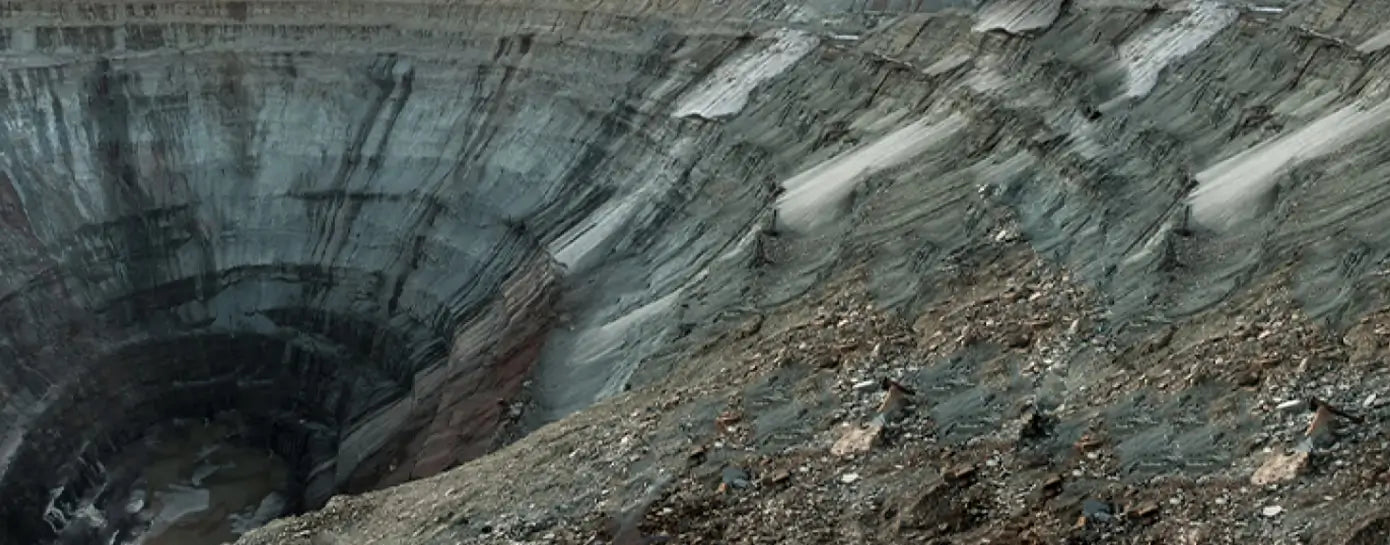
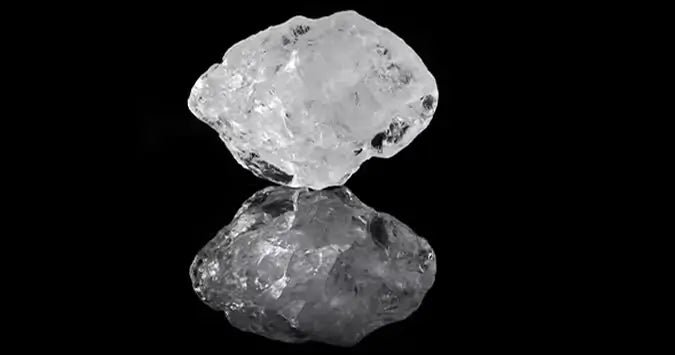
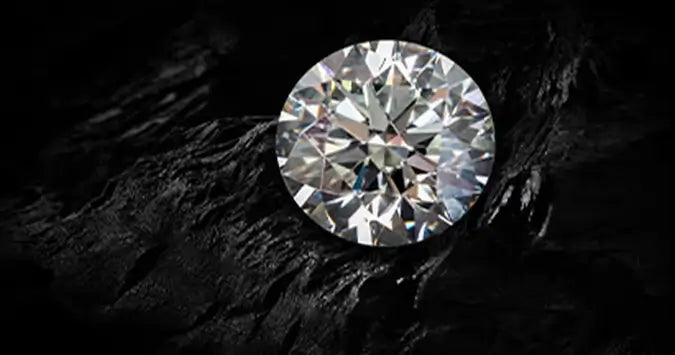
The Choice is Yours
There’s much to consider with both earth mined and lab grown diamonds—but armed with this data, we’re confident you’ll select the best one for you!
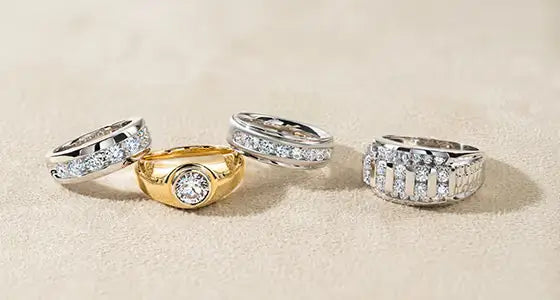
Affordable
The first is that they are more affordable. Because they are created in a lab and responsibly manufactured, lab grown diamonds don't have the same cost associated with them as mined diamonds. Mined diamonds are becoming more and more scarce. Over the years, the cost of mining diamonds has increased significantly, while the number of diamonds being mined has decreased. Because of this rarity, they come with a higher price tag. Additionally, because they are not controlled by the same supply chains, lab grown diamonds could be up to 50% cheaper compared to a natural stone of a similar grade.
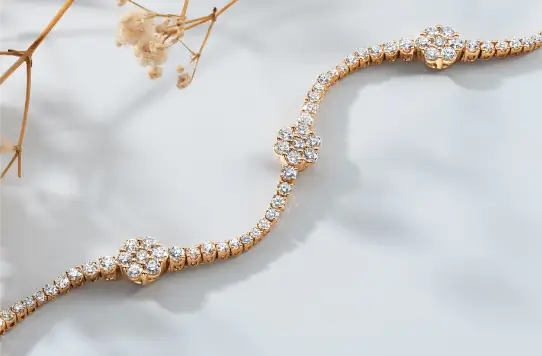
Quality
Still, many consumers may share the same question: Are lab grown diamonds as strong as real diamonds? When you compare the two, they are exactly the same. So, if you're looking for a high-quality diamond that is more affordable and has less of an environmental impact, then a lab grown diamond is the perfect choice for you.
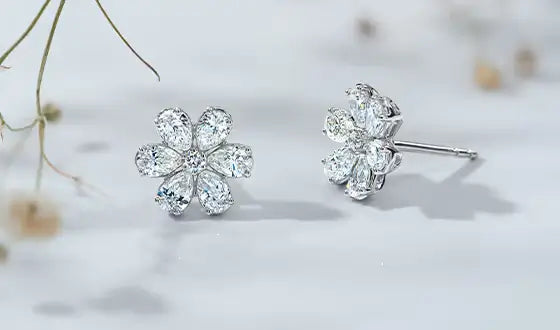
No Impact from Mining
Another benefit is that they don't have the negative environmental impact that comes with mining. The process of mining can damage the environment and the ecosystem in the area where the mining is taking place. It can also have a negative impact on the people who live near the mine through water and air pollution. On the other hand, lab created diamonds are made in a lab where no mining is required, making lab grown diamonds an ethically minded and socially responsible alternative.
In addition to all these great features, with a lab grown diamond, you’ll have a conflict-free diamond stone. Conflict diamonds, often known as "blood diamonds," are gemstones mined in territories controlled by rebel forces opposed to internationally recognized governments. The rebels sell these diamonds and use the proceeds to buy weapons or support military operations.
Lab grown diamonds have the same physical and chemical properties as mined diamonds, which means they are just as hard and just as durable. The only difference appears in the trace elements found within the diamond. It takes specialized equipment to identify a lab grown diamond vs natural grown diamonds.
Comparing Lab Grown vs Mined Diamonds
| Compare the Differences | Mined Diamonds | Lab Created Diamonds |
|---|---|---|
| Is it considered a diamond? | ||
| Chemical Composition | ||
| Source | The Earth | A Laboratory |
| Time Taken to Create | 1 to 3 Billion Years | Several Weeks to Months |
| Independently Created | ||
| 100% Conflict-Free | Depends on Source | |
| Does it test as a real diamond vs simulated diamond? | ||
| Price Comparison (of comparable quality and size) | $$$$ | $$ |
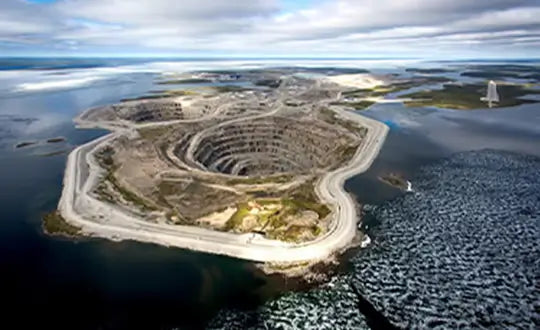
Impact on Nature
Soil erosion, deforestation, and ecosystem damage are only a few of the many negative effects of diamond mining on the environment. Water resources are also impacted by the extraction. The ecosystem’s water supplies and water quality are both impacted by mining.
In the end, these facts mean that many effects of extracting diamonds are very bad for the environment. This brings us to another good question, what's the bottom line? If you're looking for a high-quality diamond that is both ethical and more affordable then a lab grown diamond is the perfect choice for you. Lab grown diamonds offer the same intrinsic beauty and durability as traditional, mined diamonds, only with fewer downsides.
The truth is that a lab grown diamond is indistinguishable from a mined diamond in nearly all ways, offering buyers an ethical, yet affordable mined diamond alternative that will make the perfect focal point of any engagement ring or other piece of fine jewelry.
FAQs - Frequently Asked Questions
Q: What is the main difference between lab grown diamonds vs natural diamonds?
The main difference is how each one is made. The mineral diamond is formed by a natural process dependent on extremely long natural factors. On the other hand, the laboratory diamond is a more efficient approach to producing diamonds with the same appearance and physical, chemical, optical, and atomic properties.
Furthermore, there are many difficulties in extracting mineral diamonds, while those made in laboratories are much more ethical and budget-friendly.
Q: Are lab grown diamonds worth it?
Yes, man-created diamonds are totally worth it! They can cost around 50% less than earth diamonds and are structurally identical, so you’re investing less for more – which is perfect.
Q: What is the future of lab grown diamonds?
The fact that they are more affordable than minerals and more ethical, because they do not require an extraction process and do not degrade nature, demonstrates that the industry and the presence of these beautiful and modern diamonds will only grow exponentially in the future.
